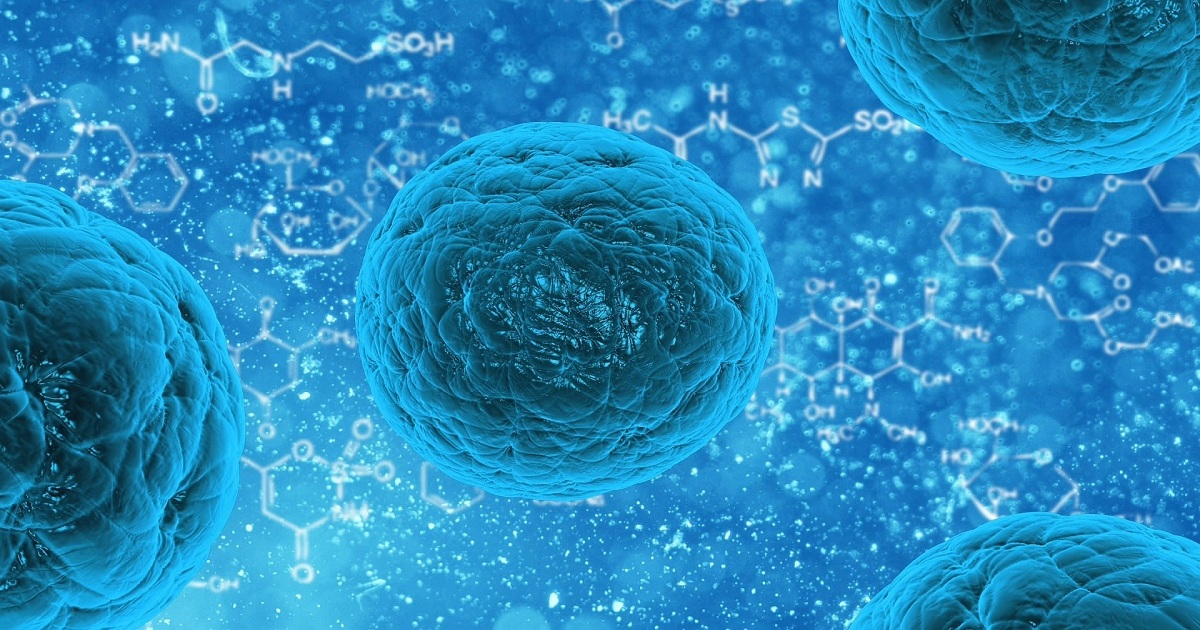Massive database traces mammal organ development, cell by single cell
Phys.org | February 20, 2019

The very early days of growth, long before we are born, are a time of incredible development. In a relatively short period of time, we and other mammals create our bodies' dozens of different organs from a few thin layers of cells. In mice, that period is only four days long. In humans, it's complete before the end of the first trimester of pregnancy. Now, a new study by researchers at the Allen Discovery Center at UW Medicine has traced that important period of organ formation, cell by cell, in the developing mouse. Published today in the journal Nature, the study is by far the largest dataset of its kind to date.
The study captured the genes that switch on and off across 2 million different cells as they go from undistinguished cellular precursors to becoming the animals' stomach, muscles, brain, skin and everything else in between. Understanding how we grow from one cell into thousands of different types of cells, all connected and functioning together to make our adult bodies, is essential to understanding not only human biology, but much of life itself, said Jay Shendure, M.D., Ph.D., a senior author on the study and leader of the Allen Discovery Center.